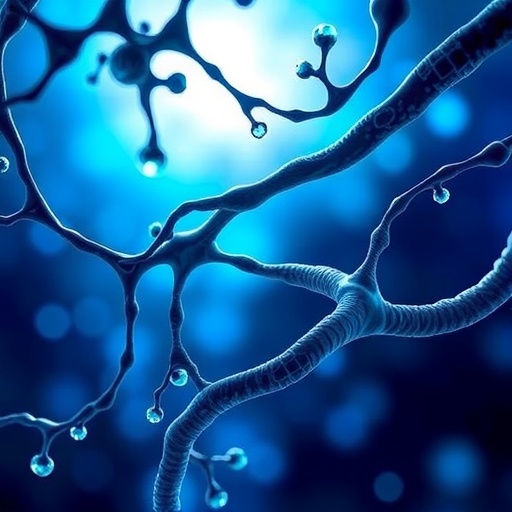Reston, VA (June 17, 2019) – A new study performed in conjunction with the Harvey L. Neiman Health Policy Institute examines changing characteristics of utilization and potential disparities in US emergency department (ED) patients undergoing CT of the abdomen and pelvis (CTAP) for suspected urolithiasis. The study is published online in the Journal of American College of Radiology (JACR).
Dr. Balthazar and team used the Nationwide Emergency Department Sample, which is the largest publicly available all-payer ED database in the United States to study patients from 2006 to 2015 with a primary diagnosis of suspected urolithiasis. The annual numbers of ED visits for suspected urolithiasis and associated CTAP examinations per visit were determined along with patient demographics, payer status and hospital characteristics as potential independent predictors of utilization.
“Overall, CT utilization rates in the ED continue to increase over time despite government and medical specialty organization initiatives to restrain the growth of advanced imaging services,” stated first author Patricia Balthazar, MD, diagnostic radiology resident, Emory University. “Although the US population grew by 6.9% from 2006 to 2014, the annual ED visits for suspected urolithiasis increased by 17.9%, and the number of visits for suspected urolithiasis involving advanced imaging increased by 100.8%.”
“The relative use of CTAP in ED patients presenting with suspected urolithiasis doubled between 2006 and 2014 and showed marked geographic variation,” noted Richard Duszak, MD, senior author and Neiman Institute Affiliate Senior Research Fellow. “Among ED patients with suspected urolithiasis, CTAP was more frequent in patients from higher household income ZIP codes, with private insurance, in the Northeast, and at urban and nonteaching hospitals.”
These findings provide important information to practicing clinicians, researchers, and policymakers interested in optimizing the use of advanced medical imaging in the ED.
###
To obtain a copy of the study or to arrange an interview with a Neiman Institute spokesperson, contact Nichole Gay at (703) 648-1665 or [email protected].
About the Harvey L. Neiman Health Policy Institute
The Harvey L. Neiman Health Policy Institute® is one of the nation’s leading medical imaging socioeconomic research organizations. The Neiman Institute studies the role and value of radiology and radiologists in evolving health care delivery and payment systems and the impact of medical imaging on the cost, quality, safety and efficiency of health care.Visit us at http://www.
Media Contact
Nichole Gay
[email protected]
http://neimanhpi.




